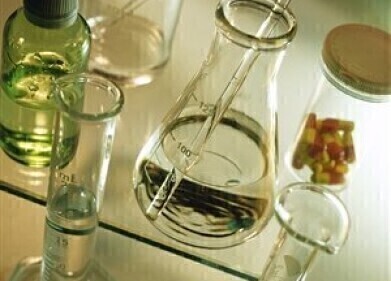Supercritical fluid (SFC), green chromatography
Chromatography Sniffs Out the Flavours in Sausages
Aug 26 2019
Bangers ‘n’ mash, a full cooked breakfast or simply a hotdog in the park. Sausages are a favourite foodstuff in many households. A humble parcel of meat and herbs wrapped in a simple case are sold in their millions every week. A recent paper published online in the Journal of Physics: Conference Series has taken a scientific approach to sausage flavour and using chromatography has demonstrated how it is possible to link the objective results from two scientific instruments and the nose of an expert to give researchers an idea on the flavours present in sausages.
Sausages, wurst and sausissons
Sausages have been made and cooked for thousands of years. The Romans considered sausages a delicacy and they were eaten at feasts. The recipes that the Romans used seem remarkably similar to the recipes used today to make sausages. Meat, pepper, cumin and mixed herbs mixed with a dollop of fat and stuffed into an intestine. The resulting sausage was then hung over a fire and smoked until cooked.
The word sausage has many different possible origins, and it is thought that the process started life as a method of preserving meat. Sausages get a mention in Greek classics like the Odyssey, and it is known that the Emperor Nero was partial to a banger or two. But it is thought that the word sausage comes from the Middle English word sausige, which itself is derived from the Latin for salt, sal.
Chromatography sniffs out the flavours
Chromatography is widely used in analytical laboratories as a separation technique. Methods can be transferred between instruments as new methods are developed - a task described in the article, SFC Method Transfer and Scaling Considerations. In the sausage paper referenced above, researchers set out to use chromatography as a way of determining objectively the flavour compounds in sausages.
The techniques they used were based on gas chromatography, which is the main technique used to analyse volatile compounds. And most flavour compounds are volatile, with most of our flavour sensory receptors located in our noses. The team used gas chromatography-mass spectrometry and an electronic nose system to analyse six varieties of sausages and determine which volatile compounds are present in the sausages and contribute to the sausage’s flavour.
The sausages were analysed by sensory experts and given a score based on several criteria like smokiness, pepper and sweet etc. Then, using statistical analysis, the team were able to evaluate the relationship between the objective results from instrumentation and the subjective analysis of the sensory experts. They conclude:
‘GC-MS, electronic nose combined with sensory evaluation can comprehensively evaluate the differential volatile flavour substances in the sausages, and more comprehensively evaluate the aroma of the sausages.’
Wonder if they can detect the hint of burnt from my BBQ’d bangers?
Events
Feb 03 2025 Dubai, UAE
Feb 05 2025 Guangzhou, China
Mar 01 2025 Boston, MA, USA
Mar 04 2025 Berlin, Germany
Mar 18 2025 Beijing, China








.jpg)





